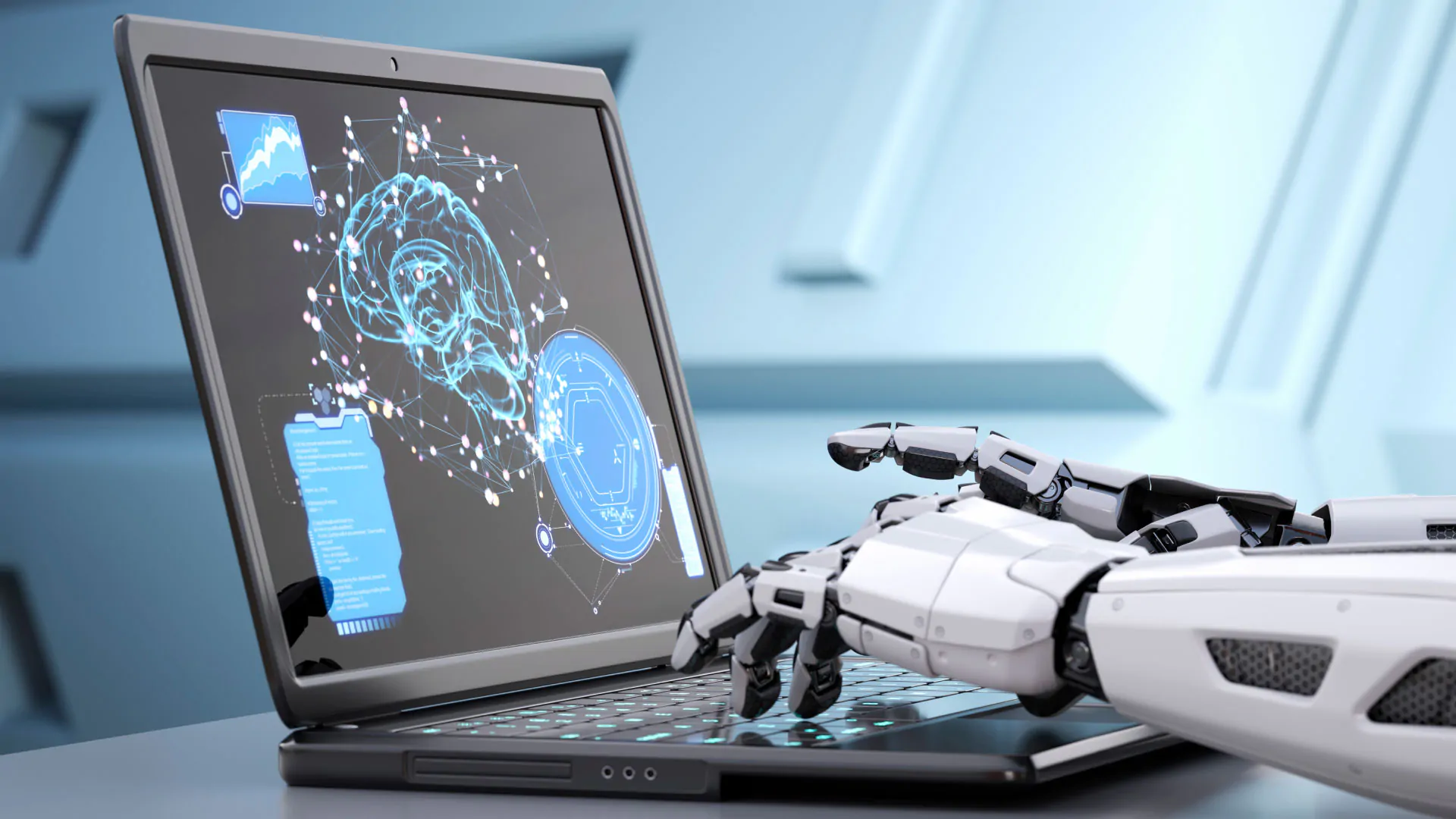Overview
Object Recognition Software offers one crucial component: the ability of machines to “see.” Sounds ambitious, doesn’t it?
Object Recognition Software allows computers to identify and process images in a way similar to human vision.
Many open-source projects and pre-trained models are already available to help detect generic objects: a person, a chair, food or a tree, for example.
But if you need to detect unique objects such as “a big slice of raw beef” or “a ripe, red strawberry,” you will want a specific object detection algorithm.
Numbers show that corporate interest in machine vision techniques has grown greatly in recent years, with AI systems offering more accuracy in this field today than a human observer.
Object Detection vs. Object Recognition
These two terms are often used interchangeably. But there is a distinct difference between them.
Object detection involves finding an object’s location, while object recognition involves identifying objects as elements of a particular class.
For example, an object detection system will detect the presence of a car in an image. But object recognition will determine whether this particular batch of pixels is more probably a passenger car or a lorry.
Object recognition will always be a more complicated and intricate task for computer vision software engineers.
Current Directions in Object Recognition Software
There are various approaches to object recognition. Which one to choose depends on the quality and quantity of pictures, needed performance, research and development costs, and technical feasibility.
In many business cases, software engineers need to apply more sophisticated techniques for learning-based object recognition.
We have two main AI strategies, which differ from one another: Machine Learning and Deep Learning. Machine Learning is a subset of AI, while Deep Learning is a subfield of Machine Learning.
But each can offer great results if applied correctly.
Two Main Strategies:
1. Machine Learning
This system starts with analyzing images and videos to recognize specific features of the objects. We call it manual feature extraction.
Then the recognized features must be grouped into classes.
Machines are able to receive a set of data and learn for themselves. They can also change algorithms while learning newly processed information.
For example, if a machine detects a person with a mustache or beard, it assigns that person to the “male” class. If it finds a protruding breast, it labels the object as a “female” class.
Such machine learning algorithms demand more time and human involvement to achieve a higher degree of accuracy in object recognition. But such an approach is cost-effective.
2. Deep Learning
Deep Learning follows a quite different principle. Deep neural networks work on raw data and need to process enormous quantities of items to be trained.
They learn to track the differences and similarities between objects automatically.
Google Brain is an early example of Deep Learning. It has learned to identify cats after being shown over ten million images.
Thus, deep learning networks shouldn’t have programmed criteria that define items. They learn to recognize objects by being open to huge amounts of data.
Where Will Object Recognition Be Useful?
Object Recognition Software can affect everyday life in incredible ways while optimizing operations in many industries.
Manufacturing
This technology holds the possibility of becoming a great asset in manufacturing.
Industrial robots are able to track all processes, and giving them object recognition abilities helps to root out human error.
The boost to efficiency this software provides can help companies fine-tune process automation and take quality management to a new level.
As an example, our company has designed computer vision hardware and a software system that helps detect manufactured parts within 3 to 5 seconds. Before our solution delivery, this process took 25 minutes and was done manually by an expert.
Healthcare
Object recognition can be a boon to medicine.
This software can play an important role in diagnosis, through high-resolution pictures, MRIs, and CT scans.
The value of such software is obvious if we imagine how many hundreds of scans a radiologist must check per day, how soon this work becomes tedious, and how likely mistakes are, given the potential for human fatigue.
Many companies try to apply Deep Learning to model medical imagery data.
Thus, implementing object recognition in healthcare can lead to more accurate and efficient diagnosing.
Automotive
Implementing object recognition into the automotive business has proven to be a breakthrough in this industry, especially as it works toward developing driverless vehicles.
Object recognition is vital in allowing the vehicle to sense and respond to the flow of road signs, road markings, pedestrians and other vehicles without human intervention.
Volvo even uses data obtained with the help of object recognition to predict when spare parts are about to fail or the car needs servicing.
Retail
Object recognition has been successfully implemented in the retail industry.
Such solutions use high-resolution cameras to help with inventory management, to keep up with stock shortages or misplaced goods on the shelves.
This technology can help improve quality control and automate other day-to-day product operations.
Machine Learning ensures a seamless and innovative experience for the customer, whether online or in-store.
Social Media
Object recognition has become a great tool for media companies that want to automate content organization.
Such companies have large databases of images and videos that must be stored and processed.
Object recognition may help in improving compliance. It can be very selective while filtering explicit or violent imagery, or reviewing complex search requests.
For example, Instagram uses this technology to target advertising, protect users from cyberbullying and eliminate offensive comments.
Wrapup
By building high-performance systems with extremely high accuracy, object recognition software offers industry new methods and opportunities.
Companies can benefit by applying object recognition to systems and tasks that once seemed impossible to automate.
Learning more about the potential impact of object recognition software in fields such as manufacturing, healthcare, retail, media and automotive will help you decide whether your business needs this cost-effective solution to boost efficiency.

